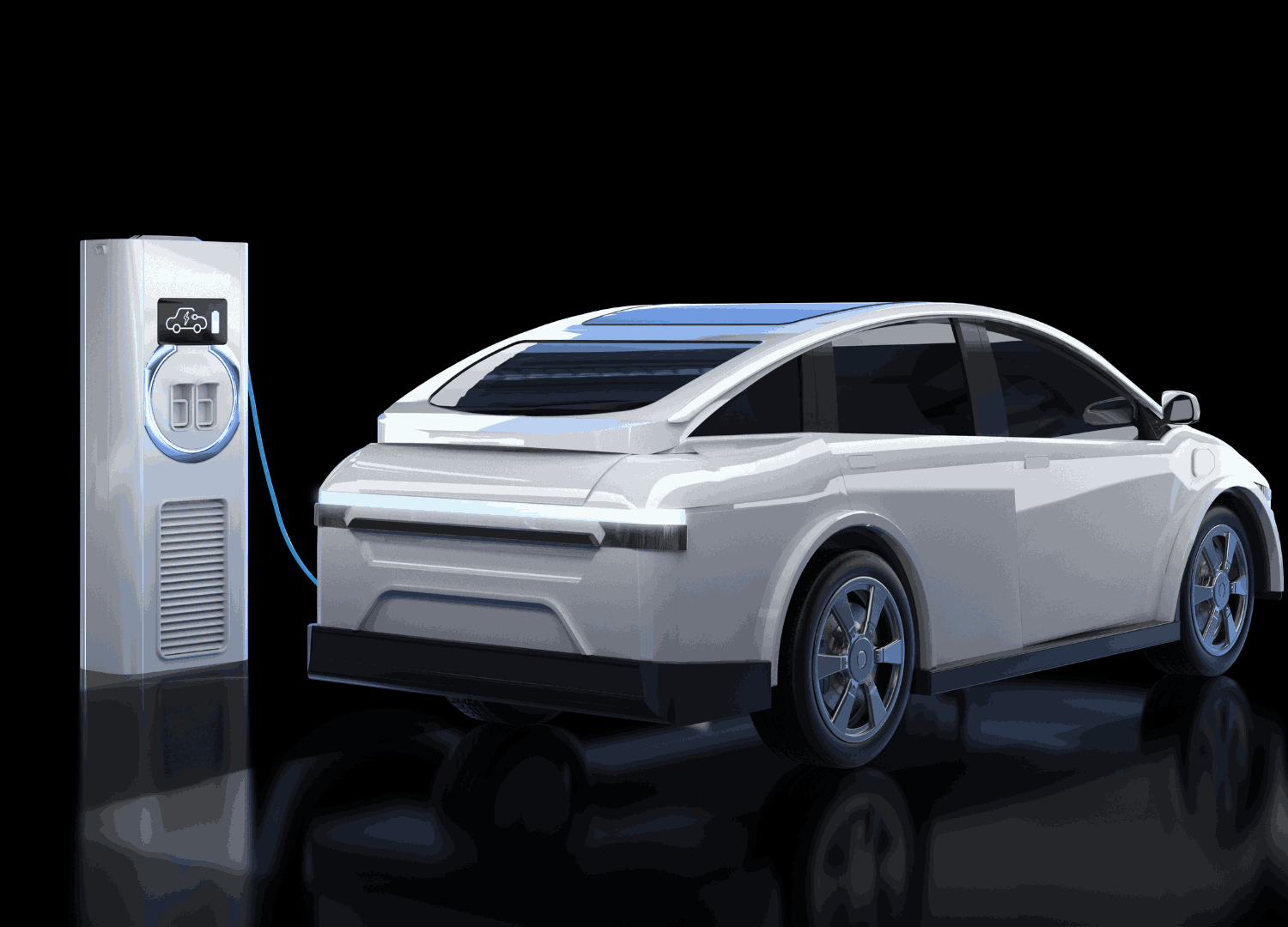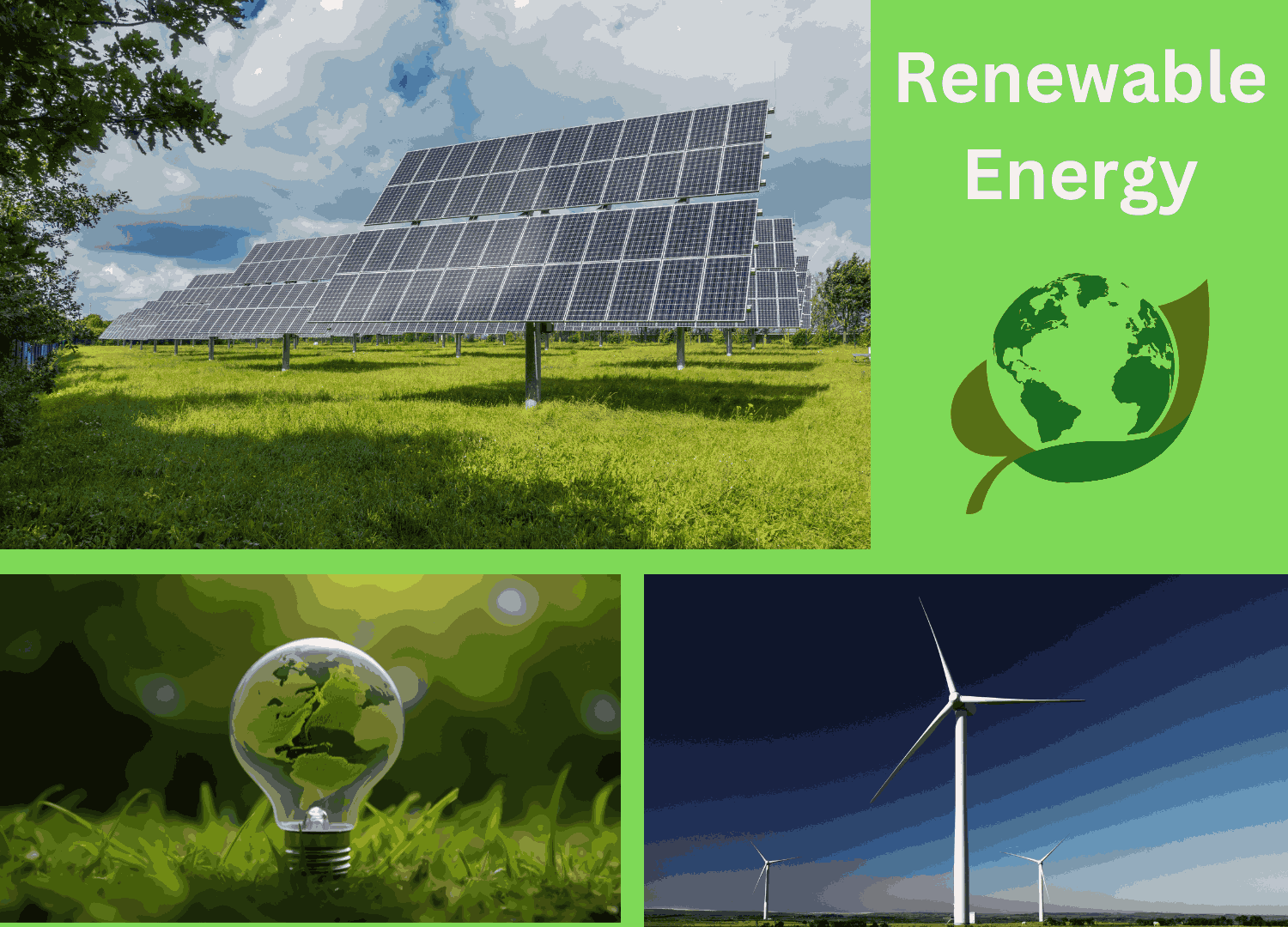

As the worldwide push for sustainability grows, electric vehicles (EVs) are at the vanguard of the automotive industry’s revolution. Governments, organizations, and individuals alike are beginning to recognize the multiple benefits of driving electric vehicles over traditional internal combustion engine (ICE) automobiles. From environmental sustainability to long-term cost savings, the advantages of electric vehicles are difficult to overlook.
In this blog, we’ll look at the most recent insights, facts, and benefits of electric vehicles, helping you understand why they’re becoming a critical answer for the future of mobility.
1. Environmental Benefits of Electric Vehicles
One of the most obvious advantages of electric vehicles is their capacity to cut greenhouse gas emissions, which aids in the fight against climate change. According to the International Energy Agency (IEA), transportation is responsible for around 24% of worldwide CO2 emissions. Electric vehicles emit zero tailpipe emissions, dramatically reducing the amount of carbon discharged into the atmosphere.
In reality, research conducted by the European Environment Agency (EEA) found that a fully electric vehicle (EV) emits 17-30% less CO2 than a standard gasoline or diesel automobile, even after accounting for energy generation. The carbon footprint of electric vehicles is likely to drop further when renewable energy sources such as wind and solar are more widely used.
Key Statics: According to the US Department of Energy, electric cars release an average of 4,815 pounds of CO2 per year, compared to more than 11,435 pounds for gas vehicles.
2. Lower Operating Costs: Saving on Fuel and Maintenance
Electric vehicles can help owners save a substantial amount of money on petrol. According to the United States Environmental Protection Agency (EPA), EVs cost around half as much to operate per mile as conventional vehicles. As of 2024, the average cost of charging an electric vehicle at home in the United States is approximately $0.13 per kilowatt-hour (kWh), vs $3.80 per gallon of gasoline, resulting in significant fuel savings over time.
In addition to cheaper fuel costs, electric vehicles have fewer moving parts than internal combustion engine vehicles, which reduces maintenance costs. EVs do not need oil changes, gasoline filters, spark plugs, or exhaust systems. According to a 2022 Consumer Reports research, EV owners pay approximately 50% less on repairs and maintenance than gas vehicle owners.
Key Statics: According to Kelley Blue Book, an EV’s total cost of ownership over five years is around $6,000 less than that of a comparable gasoline-powered vehicle.
3. Government Incentives and Tax Credits
Many countries provide significant financial incentives, tax credits, and refunds to encourage people to buy electric vehicles. In the United States, eligible electric vehicles can receive federal tax credits of up to $7,500. Many states offer additional incentives, including as refunds, lower registration fees, and access to high-occupancy vehicle (HOV) lanes.
Globally, countries like as the United Kingdom, Germany, and Norway provide similar incentives to encourage EV purchases. Norway, in particular, leads the world in EV adoption, with electric vehicles accounting for more than 80% of all new car sales in 2023.
Key Statics: According to the International Energy Agency, the number of electric vehicles worldwide topped 10 million in 2022, with forecasts of 145 million by 2030 owing to ongoing government assistance.
4. Improved Driving Experience
Many people prefer the driving experience provided by electric automobiles to that of traditional vehicles. EVs accelerate faster because of their rapid torque, resulting in a smoother and more responsive drive. In contrast to the mechanical noise created by gasoline engines, electric motors are practically silent, providing a peaceful and relaxing driving experience.
Furthermore, many EVs include advanced technology such as regenerative braking, which transforms kinetic energy into electricity, expanding the vehicle’s range. This function not only improves efficiency, but also the whole driving experience.
Key Statics: The Tesla Model S Plaid, an all-electric vehicle, can go from 0 to 60 mph in under two seconds, making it one of the world’s quickest production automobiles.
5. Electric Vehicles: Maximizing Range Performance
Electric automobiles are far more energy efficient than gasoline-powered vehicles. EVs convert more than 77% of the electrical energy from the grid into power at the wheels, whereas internal combustion engine vehicles only use 12-30% of the energy from fuel.
As battery technology improves, electric vehicles become more efficient and have greater ranges. In 2024, many EVs will have ranges greater than 300 miles per charge, eliminating one of the initial concerns about “range anxiety.”
Key Statics: The 2024 Lucid Air Dream Edition has a range of up to 516 miles per charge, making it the longest-range electric car available today.
6. Electric Vehicles contributes to Energy Independence
Adopting electric vehicles can considerably reduce a country’s reliance on imported oil. Countries can lessen their dependency on foreign oil and fossil fuels by using EVs that run on electricity generated domestically from renewable energy sources. This transition could boost national energy security and economic stability.
Key Statics: The United States imports more than 7 million barrels of petroleum each day, largely for transportation. According to the US Department of Energy, increased EV adoption could cut dependence by up to 60% by 2050.
7. Support for Re-new able Energy Integration
The emergence of electric vehicles also has a significant impact on the widespread use of renewable energy sources. EVs can be charged with electricity generated by solar, wind, and hydro power, reducing reliance on fossil fuels. Furthermore, smart charging technology enables EVs to store energy and even return it to the grid when necessary, so assisting in the stabilization of renewable energy sources.
Key Statics: California, the state with the most EVs in the US, gets more than 30% of its electricity from renewable sources such as solar and wind.
Conclusion
The advantages of electric vehicles are apparent, making them an essential component of the future of transportation. Electric vehicles have numerous advantages over typical gasoline-powered vehicles, including a substantial environmental effect, lower running costs, government subsidies, and a better driving experience. As technology progresses and infrastructure expands, the use of electric vehicles is expected to rise, providing a sustainable, efficient, and cost-effective mobility alternative.
The transition to electric vehicles is more than simply a trend; it is a crucial step toward a cleaner, more sustainable future. With global estimates of exponential growth in the EV market over the next decade, now is the time for both consumers and businesses to evaluate the advantages of switching electric.





6 comments. Leave new
Mat6tube I’m still getting into blogging, but I deeply appreciate your content. This article genuinely caught my eye. I’ll bookmark your site and check back often for updates.
Thank you for your support! I’m pleased to hear that the article caught your interest. Wishing you success in your blogging journey—looking forward to your visits!
FlixHQ Wonderfully shared. The quotes were all incredible, and I appreciate you bringing this content to us. Keep inspiring and sharing.
Thank you for your kind words! I’m glad you enjoyed the quotes and found the content inspiring. I appreciate your support and will continue sharing valuable insights. Stay connected!
Auf Vielseitig Blog gibt es kreative Ideen rund um den Außenbereich.
Bei themenmix werden Technologien verständlich und übersichtlich präsentiert.